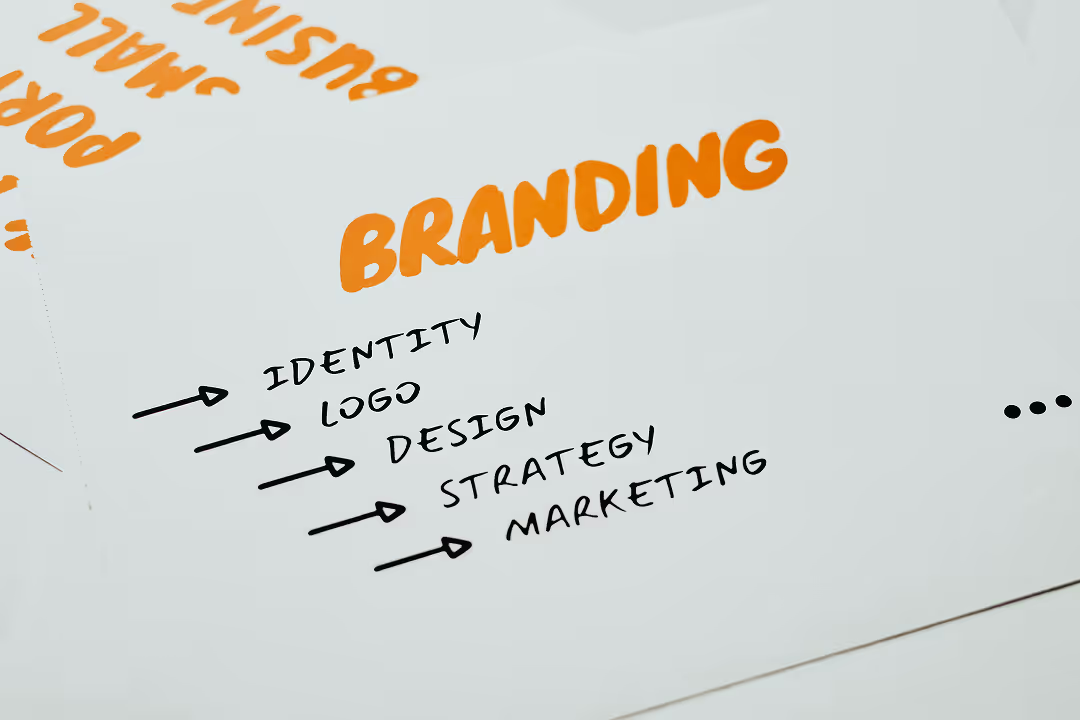We've all been there. You're starting a business or launching a new project, and the budget is tight. You think, "How hard can branding be? I'll just whip up a logo in Canva, pick some colors I like, and call it a day."
It sounds simple enough, right? But here's the reality: most DIY branding efforts end up looking amateur, confusing customers, and ultimately hurting the business more than helping it. While the DIY approach might save money upfront, it often costs much more in the long run.
The Hidden Costs of Failed Branding
When DIY branding goes wrong, it doesn't just look unprofessional. It creates real business problems that can be expensive to fix later. According to Demand Metric's research, "uniformly presented brands are 3.5 times more visible to customers." When your branding is inconsistent or poorly executed, you're essentially making your business invisible to potential customers.
Think about it this way: your brand is often the first impression people have of your business. If that first impression screams "amateur" or "unreliable," you're fighting an uphill battle from day one. We've seen this countless times with clients who come to Wauu! Creative after their DIY attempts have plateaued their growth.
The real cost isn't just about looking unprofessional. Poor branding can lead to confused messaging, lost customers, and missed opportunities. When you consider that it takes five times more effort to attract a new customer than to keep an existing one, the stakes become clear. You can also read more about why DIY branding might not work from our other blog about common visual mistakes that kill trust.
The Most Common DIY Branding Mistakes
Inconsistency is the Killer
Ebaq Design points out that "the common mistake that most people do with branding is not being consistent." This isn't just about using the same logo everywhere. It's about maintaining consistent colors, fonts, messaging, and visual style across every touchpoint.
When you're doing it yourself, it's easy to lose track of these details. One day you use a slightly different shade of blue on your social media. The next week, you switch fonts on your business cards because you found something that looked "cooler." Before you know it, your brand looks like it was created by five different people who never talked to each other.
We see this pattern repeatedly. Businesses start with good intentions, but without a clear brand guidelines document or professional oversight, consistency falls apart quickly. That's why our approach at Wauu! Creative includes comprehensive brand guidelines that keep everything aligned, even as your business grows.
Trying to Do Too Much
Emily Banks Creative highlights a common issue: "Many people make the mistake of trying to do too much with their DIY brand." When you're handling everything yourself, it's tempting to add more elements, more colors, more fonts, more everything.
But good branding is about focus, not complexity. Professional designers know when to say no to extra elements. They understand that a simple, clear brand will always outperform a cluttered, confusing one.
Missing the Strategic Foundation
Here's where DIY branding really struggles. As Wildflower Creative Co. explains, "DIY branding typically lacks the strategic foundation that guides a brand toward connecting with the right audience and achieving business goals."
Creating a logo is just the tip of the iceberg. Effective branding requires understanding your target audience, positioning yourself against competitors, and developing messaging that resonates with the right people. These strategic elements are where most DIY efforts fall short.
When DIY Makes Sense (And When It Doesn't)
Don't get me wrong. There are times when DIY branding can work, especially in the very early stages of a business when you're still validating your idea. But there's a difference between a temporary placeholder and a long-term brand strategy.
DIY might work for:
- Early-stage startups testing their concept
- Personal projects or hobbies
- Internal company materials
- Temporary events or campaigns
But if you're serious about growing your business, professional branding becomes essential. Treebird Branding notes that "while DIY branding might seem like a cost-effective solution, it often leads to inconsistent messaging, amateur design, and missed opportunities to truly connect with your audience."
The Professional Difference
Professional branding isn't just about making things look pretty. It's about creating a complete system that works strategically for your business. When you work with professionals, you get:
Strategic Thinking: Understanding your market, competitors, and unique positioning before any design work begins.
Consistency Systems: Brand guidelines that ensure everything looks cohesive across all platforms and materials.
Scalability: Design systems that grow with your business, from business cards to billboards.
Professional Execution: Design skills and tools that create polished, professional results.
At Wauu! Creative, we've helped businesses like Greatpoint move from confused, inconsistent branding to clear, professional brand systems that actually drive business results. The difference is immediately visible, and more importantly, measurable in their business growth.
Making the Right Choice for Your Business
The question isn't whether DIY or professional branding is "better" in abstract terms. It's about what makes sense for your business right now. If you're bootstrapping a startup and need something quick and cheap to get started, DIY might be your only option initially.
But recognize it for what it is: a temporary solution. Plan for the transition to professional branding as your business grows. Many successful companies have started with DIY branding and upgraded when they had the resources and need for something more sophisticated.
The key is being honest about your limitations and the real costs of each approach. Failed branding doesn't just look bad; it can actively hurt your business by confusing customers, reducing trust, and making it harder to stand out in a crowded market.
If you're ready to move beyond DIY and create branding that actually works for your business, let's talk. We've helped dozens of businesses make this transition successfully, and we'd love to help you too.



(1)-min.avif)